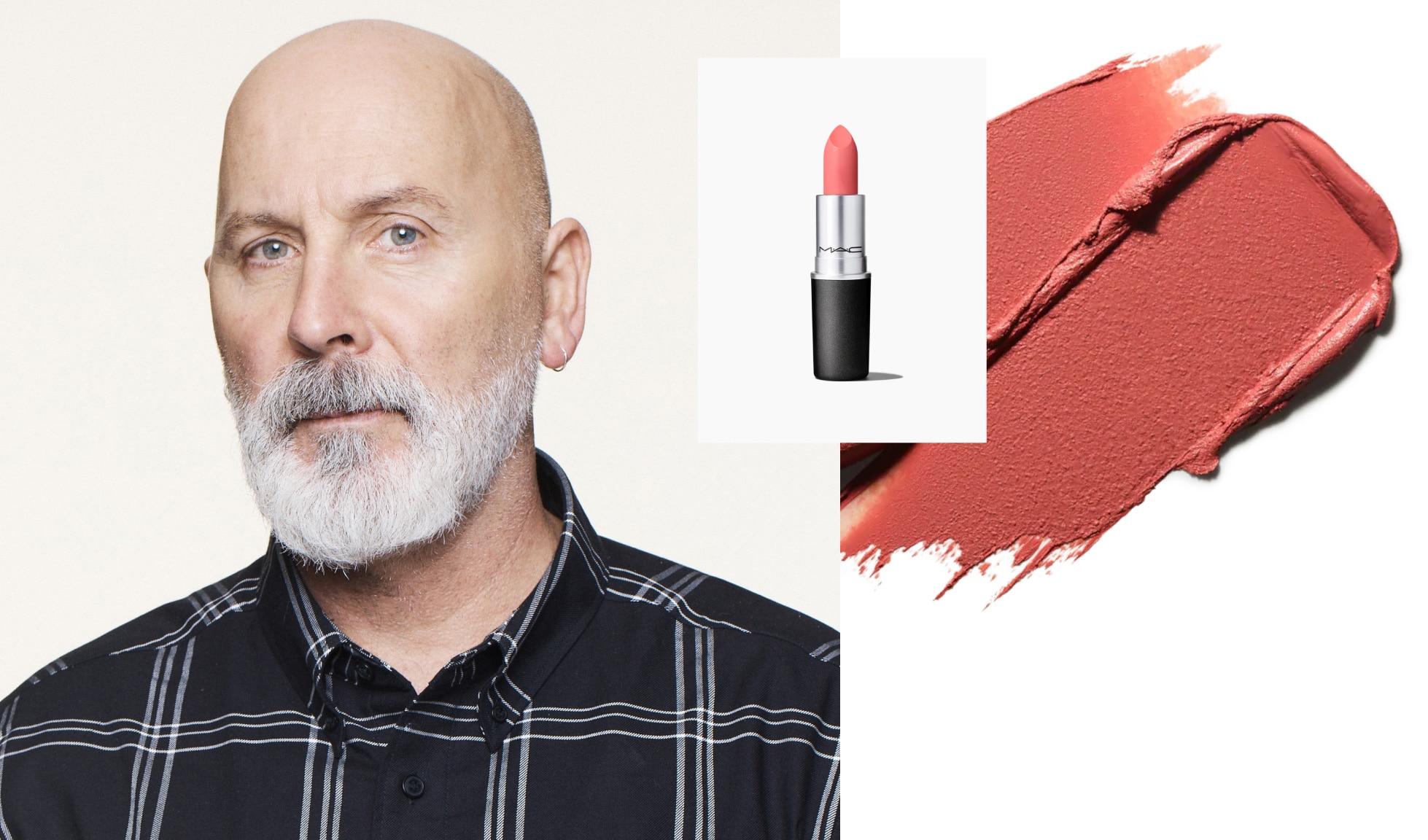ART IS IN OUR DNA
LET'S UNLOCK
YOUR ARTISTRY
TOGETHER
ART IS IN OUR DNA
LET'S UNLOCK
YOUR ARTISTRY
TOGETHER

ART IS IN OUR DNA
LET'S UNLOCK
YOUR ARTISTRY
TOGETHER
enable limitless self-expression by turning makeup into art for ALL – you included.
We believe makeup is a tool for self-discovery. We believe identity is fluid,
not fixed – and that cosmetics can help to define, project or transform yourself.
thousands of Artists in every corner of the globe. And our not-so-secret superpower is
our Artists’ ability to tap into your talent and unlock your own Artistry. We’re here
to empower you. We’re here to inspire you. We’re here to help bring out the Artist in YOU.
enable limitless self-expression by turning makeup into art for ALL – you included.
We believe makeup is a tool for self-discovery. We believe identity is fluid,
not fixed – and that cosmetics can help to define, project or transform yourself.
thousands of Artists in every corner of the globe. And our not-so-secret superpower is
our Artists’ ability to tap into your talent and unlock your own Artistry. We’re here
to empower you. We’re here to inspire you. We’re here to help bring out the Artist in YOU.
M·A·C stands for Make-Up Art Cosmetics.
Since 1984, our mission has been to enable limitless
self-expression by turning makeup into art for ALL–
you included. We believe makeup is a tool for self-
discovery. We believe identity is fluid, not fixed – and
that cosmetics can help to define, project or transform
yourself.
Our authority in makeup Artistry begins with the
training and knowledge of our thousands of Artists in
every corner of the globe. And our not-so-secret
superpower is our Artists’ ability to tap into your talent
and unlock your own Artistry. We’re here to empower
you. We’re here to inspire you. We’re here to help
bring out the Artist in YOU.
M·A·C stands for Make-Up Art Cosmetics.
Since 1984, our mission has been to enable limitless
self-expression by turning makeup into art for ALL–
you included. We believe makeup is a tool for self-
discovery. We believe identity is fluid, not fixed – and
that cosmetics can help to define, project or transform
yourself.
Our authority in makeup Artistry begins with the
training and knowledge of our thousands of Artists in
every corner of the globe. And our not-so-secret
superpower is our Artists’ ability to tap into your talent
and unlock your own Artistry. We’re here to empower
you. We’re here to inspire you. We’re here to help
bring out the Artist in YOU.
ASK AN ARTIST!
ASK AN ARTIST!
ASK AN ARTIST!




OUR ARTISTS ARE READY TO
ANSWER YOUR QUESTIONS AND
SHARE THEIR TOP TIPS THROUGH
LIVE CHAT OR A TEXT!
ARTIST
TERRY
BARBER
Global Creative Director of Makeup Artistry
Joined M·A·C in 1994

ARTIST
TERRY
BARBER
Global Creative Director of Makeup Artistry
Joined M·A·C in 1994

FEATURED ARTIST
TERRY BARBER
Global Creative Director of Makeup Artistry
Joined M·A·C in 1994
FEATURED ARTIST
TERRY BARBER
Global Creative Director of Makeup Artistry
Joined M·A·C in 1994

